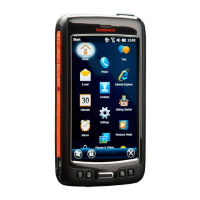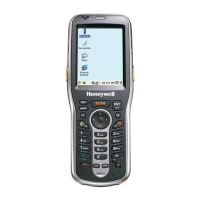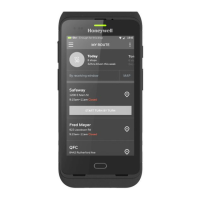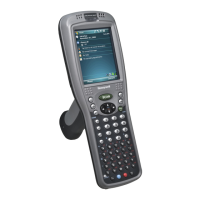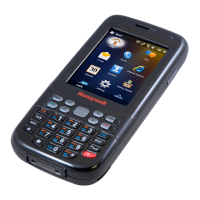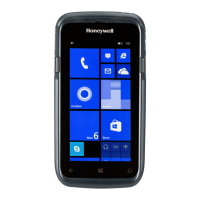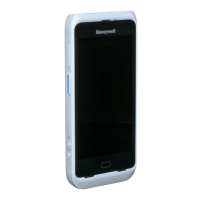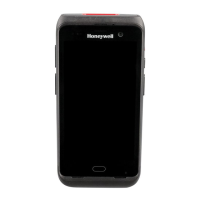5 - 10
Cleaning up Storage Space
1. In the Apps list, touch Storage Sense .
2. Select phone or SD card (if installed).
3. Select one of the following categories and actions:
• Touch photos > delete burst photos to delete unsaved burst photos.
• Touch podcasts > manage select a pod cast and then delete .
• Touch downloads > delete to delete files downloaded with the Internet Explorer.
• Touch maps > manage > delete history to delete previous map searches and temporary files.
• Touch temporary files > delete to delete temporary files that are not in use (e.g., cookies, browser history,
temporary storage).
Managing Apps and Files
1. In the Apps list, touch Storage Sense .
2. Select phone or SD card (if installed).
3. Select one of the following categories and actions:
• Touch music > manage to open the Photos app.
• Touch videos > manage to open the my videos collection.
• Touch documents > manage to open the Office Hub to manage your Microsoft Office files.
• Touch emails + messaging. Select manage accounts to open your email + account settings.
• Touch maps > manage to open your Maps settings.
• Touch temporary files > Internet Explorer settings to open your browser settings.
Changing the Battery Settings
See Managing Battery Power on page 2-11.
Changing USB Settings
See Changing USB Permissions and Notifications on page 1-15.
Using the SD card for Manual Flash
This option is for advanced administrator or developer use to flash a specific firmware image on the device or if Internet
access is not available for over-the-air (OTA) automatic updates. A 2GB microSD card and a valid Windows Embedded 8
Handheld full flash update image (Flash.ffu) is required. For more information about Flash.ffu image files, see the
Administrator Guide for Windows Embedded 8.1 Handheld, available from Microsoft at https://technet.microsoft.com.
Caution: All data on the terminal is erased during the flash process.
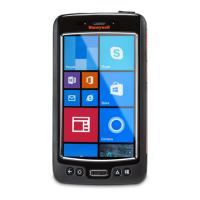
